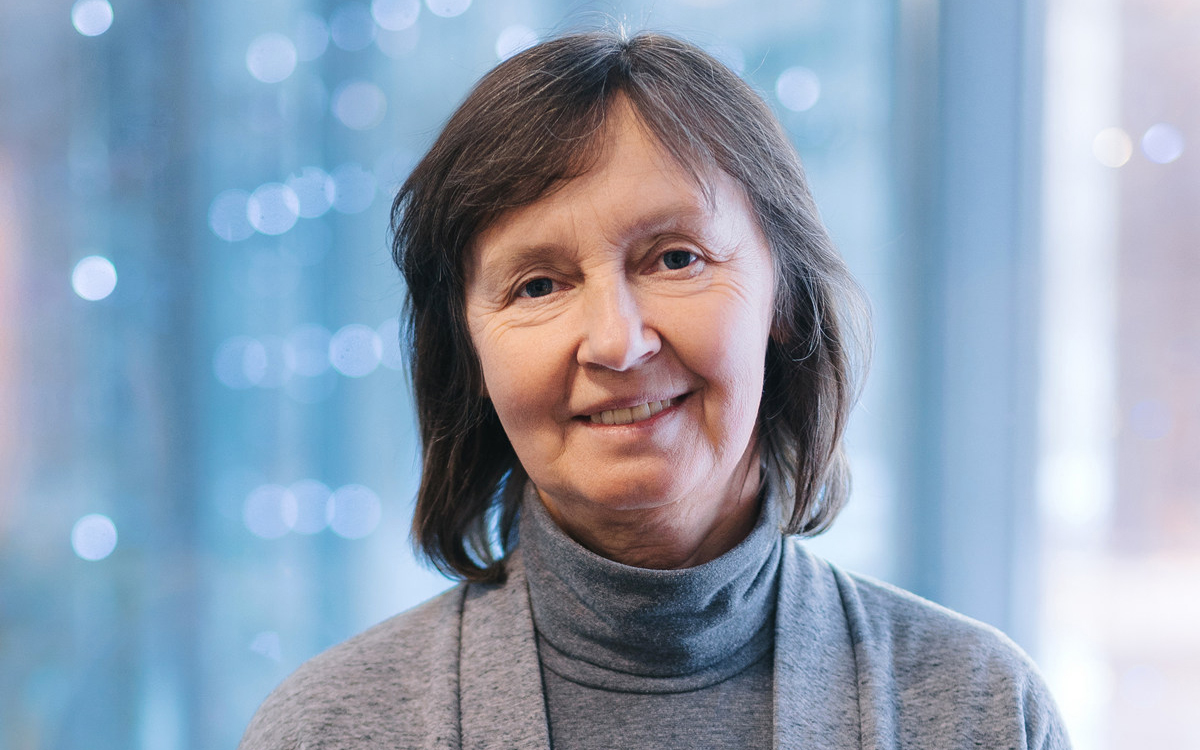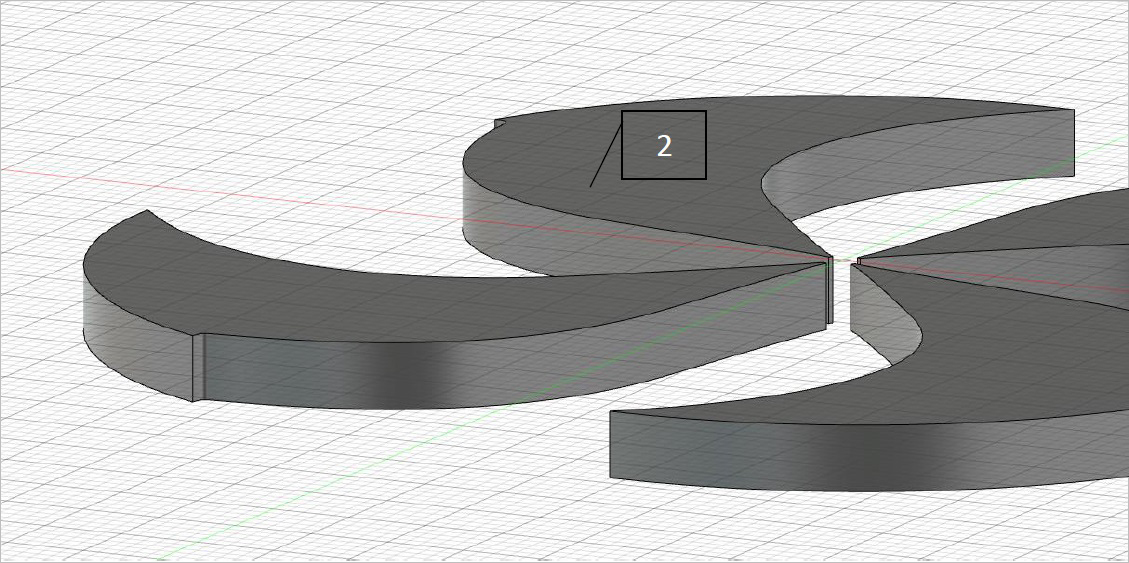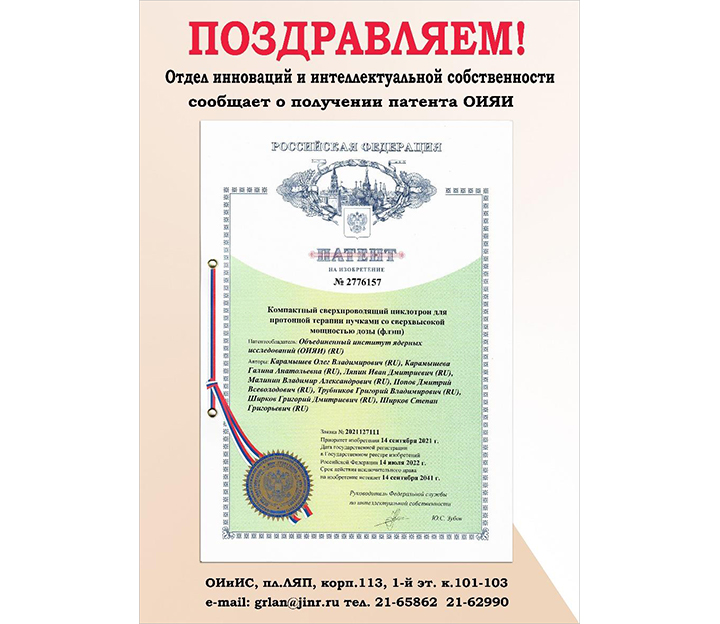MSC-230 – breakthrough flash therapy machine
Media, 07 September 2022
JINR Long-Term Development Strategic Plan up to 2030 provides for the establishment of an innovation centre for experimental and clinical research in the field of proton therapy. The pilot facility of the centre will be the MSC-230 proton medical accelerator, which is planned to be implemented already in 2024.
The accelerator will be a superconducting isochronous proton cyclotron for radiation therapy of cancer patients and biomedical research. MSC-230 is designed for proton flash therapy, methods of which have been studied at JINR since 2020. The isochronous cyclotron MSC-230 is an accelerator with an continuous proton beam. This characteristic makes the cyclotron the most promising type of the accelerator particularly for flash therapy.
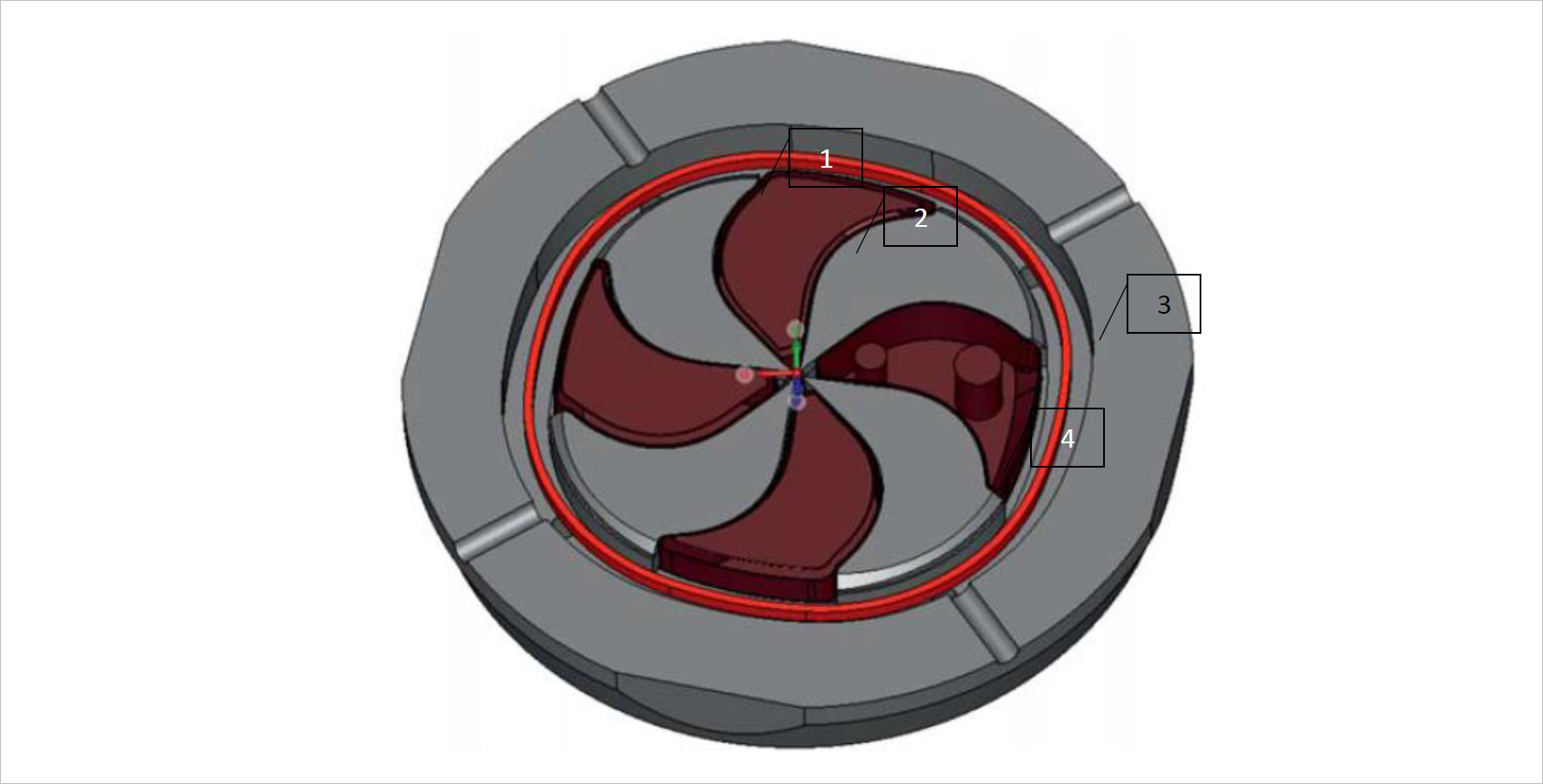 3D computer model of the cyclotron (magnet and acceleration system)
3D computer model of the cyclotron (magnet and acceleration system)
 1 – accelerating resonators; 2 – magnet sectors; 3 – magnet yoke; 4 – superconducting magnet winding; 5 – beam trajectory; 6 – chamfer along beam trajectory
1 – accelerating resonators; 2 – magnet sectors; 3 – magnet yoke; 4 – superconducting magnet winding; 5 – beam trajectory; 6 – chamfer along beam trajectory
The flash method involves fast and precise delivery of the required dose of radiation to the tumour at ultra-high dose rates. Usual radiation therapy uses dose rates of 1 to 7 Gy/s, while flash irradiation is performed at dose rates above 40 Gy/s in less than half a second. Almost the entire proton dose is emitted precisely at the end of the beam track, at the so-called Bragg peak. This allows healthy tissue to be preserved during the flash therapy session, while targeting intensively only the tumour. The method reduces the number of procedures from 10-30 to 1-3. The innovative flash therapy method is currently undergoing pre-clinical research worldwide. However, it offers such broad prospects that the most advanced medical accelerators are already being developed specifically for this treatment method.
Before proton flash therapy can be fully realised in practice, a number of engineering challenges should be overcome. In particular, an accelerator providing an average beam current of 0.5 to 2 µA at least is required.
“Since the flash technique includes irradiation of an ultra-high dose of charged particles in a very short period of time, a high beam intensity is necessary. The prospects of flash therapy have determined the relevance of the isochronous cyclotron as an accelerator capable of providing it,” Galina Karamysheva says, PhD in Physics and Mathematics, Head of the Scientific and Experimental Department of New Accelerators at the Laboratory of Nuclear Problems JINR, where the new high-tech accelerator MSC-230 has been designed.
“The project did not arise from nothing. It is based on the experience of JINR’s work with the Hefei Institute of Physical Sciences (China), in collaboration with whom we developed the SC200 cyclotron, from which a proton beam was recently launched for the first time. We also developed cyclotrons for hadron therapy together with IBA (Belgium), one of which is now operating in Dimitrovgrad,” Galina Karamysheva explained.
Both accelerators have not been designed for the use the flash method: they have too low beam intensities for this, making it impossible to achieve the required dose rates. For the same reason, the use of existing proton medical accelerators for flash therapy is limited. It was the lack of ready-made solutions on the market that motivated the NAD DLNP team, led by Galina Karamysheva and Oleg Karamyshev, to develop their own project at the Joint Institute for Nuclear Research.
The project is named MSC-230 because it will have a maximum proton beam energy of 230 MeV. In order to realise proton therapy it is necessary to accelerate the proton beam up to the energies of 60-230 MeV. A superconducting isochronous four-sector cyclotron based on an shell-type magnet weighing about 100 t with a magnetic field in the centre of 1.7 T will be 3.8 m in diameter and 1.7 m in height.
The cyclotron will comprise a magnetic system of four pairs of magnet sectors arranged symmetrically to the median plane and a magnet yoke with superconducting main coil windings, with the magnet sectors in the output area being non-circular and following the shape of the accelerated particle orbit. The accelerator design also incorporates superconducting technology developed for the NICA megascience project at the Laboratory of High Energy Physics JINR.
The MSC-230 will have several technical advantages over other medical cyclotrons:
- A high acceleration rate, ensured by four resonators to avoid losses during acceleration;
- an internal proton source capable of providing a high capture into acceleration ratio in a low field;
- A low magnetic field, which is an advantage in ensuring a high beam intensity and facilitating easier beam exit from the accelerator;
- a chamfer along the beam trajectory that will allow the beam to be efficiently extracted.
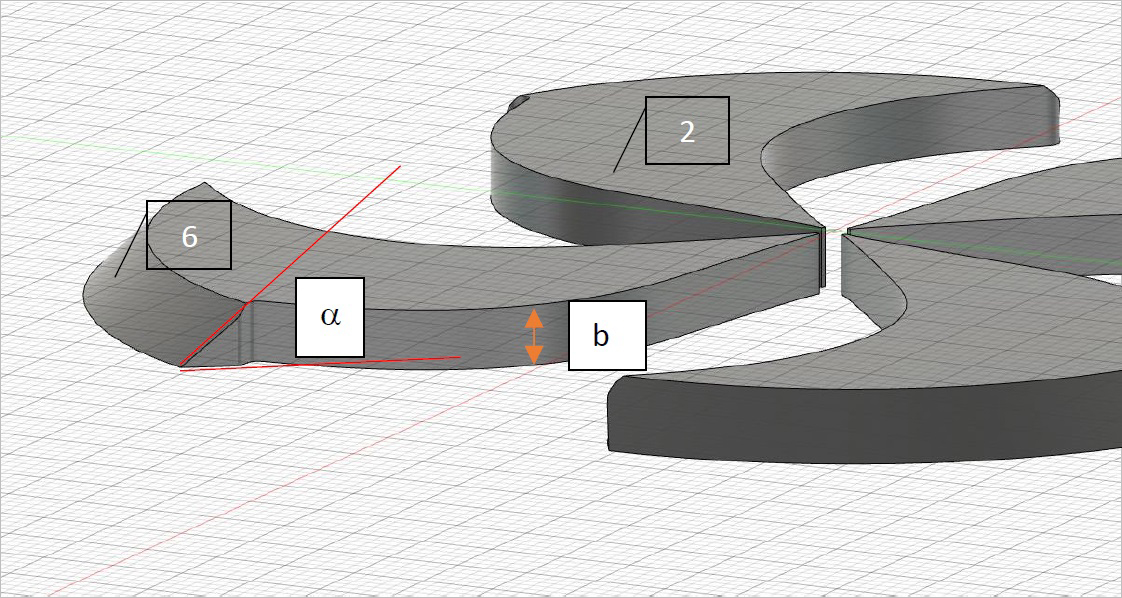 Magnet without chamfer (top) and with chamfer (bottom)
Magnet without chamfer (top) and with chamfer (bottom)
The main technical solutions were proposed and applied as a result of a unique computer simulation of the magnetic system and a detailed calculation of the beam dynamics at the cyclotron. Beam dynamics describes how the beam behaves and whether it is stable in the accelerator under the influence of external and self-produced electromagnetic fields.
The concept of the JINR medical proton accelerator for flash therapy was published in PEPAN Letters in 2021. It was later protected by a patent for the invention “Compact superconducting cyclotron for proton therapy with ultra-high dose rate beams”, which was received by JINR on 14 July 2022 (authors: Oleg Karamyshev, Galina Karamysheva, Ivan Lyapin, Vladimir Malinin, Dmitry Popov, Grigory Trubnikov, Grigory Shirkov, Stepan Shirkov). The patent describes the project in detail. Compared to the article published before the patent was granted, there is a significant difference: the already mentioned chamfer (surface formed by the bevel of the end edge of the material) on the edge of the magnet sectors in the beam extraction area, which follows the shape of the particle trajectory in the cyclotron.“In any cyclic accelerator, the most challenging action is beam extraction, so any improvement in the conditions for beam extraction is significant,” Galina Karamysheva commented. “Chamfer across the sector along the trajectory will allow the beam to be brought as far along the radius as possible, which contributes to efficient extraction. Beam extraction with a lower voltage at the deflector will increase the reliability of the deflector and achieve greater extraction efficiency. In order to produce a high-intensity beam at the accelerator exit, it is necessary to have an efficient proton source, to ensure efficient beam capture into acceleration in the central region of the cyclotron, efficient extraction, and to exclude losses in the acceleration process. And it is the low magnetic field of the isochronous cyclotron and the very chamfer along the trajectory that contributes to all this,” the scientist said.
Another important task in this direction is to deliver the required proton dose precisely to the target after the beam extraction from the cyclotron. For this purpose, DLNP researchers Sergey Dolya and Victor Smirnov have developed a way of altering the final energy of the proton beam used for flash therapy. A device for forming a sawtooth voltage on a capacitor by the same authors will optimise the procedure for generating the necessary proton beam for the treatment.
It should be noted that in April 2022, a contract was concluded between JINR and JSC Efremov Institute of Electrophysical Apparatus to design and manufacture an accelerator complex based on the superconducting cyclotron MSC-230. The contract provides for the development of technical documentation, the manufacture of accelerator units and systems, its assembly, adjustment, and trial run at NIIEFA, subsequent transportation to JINR, assembly, and full-scale launch in Dubna after two years.
